So, this would have been the early Seventies, ’73 maybe. I was just a teenager and hitching a ride was the way that impoverished youth got about in those days – no Uber for me. People would stop, too, since this was a more generous and tolerant age. I stuck my thumb out on the outskirts of Lymington in Hampshire and within minutes a vision in damson red drew up, hood down, that ‘six’ sounding like a jet liner at bay. I swooned.
“Jump in,” said the ex-military type behind the wheel. Sounds like a pick up, which I suppose it was, but not in that way. I think he just wanted to show off as we howled out of Pennington onto the Milford road and past Efford Horticultural Research Station, with the square-ended needle on the rev counter touching the 5,750rpm red line in overdrive third then fourth, with me barely noticing it was almost exactly the same gear ratio.

“I nearly drove my secretary’s Mini,” he boasted. “But I reckoned for another fiver on fuel it would be worth bringing the red peril out, after all it’s a lovely day.”
Indeed it was, but I’ve often wondered about that conversation. Another fiver, hum. Given he was on his way to look at a house in Dorchester (he was an estate agent, of course he was), a round trip of about 100 miles and with fuel at about 35 pence a gallon he’d have to be driving like an absolute nutter to find that the difference between the big TR’s 25mpg and the Mini’s 40mpg to be another fiver. True this was the full CP prefix car with its fuel-injected six belting out 150bhp, but I still reckoned the difference to be about a pound, which could still be had in note form. Perhaps he was on some sort of expenses fiddle, but good as his word he dropped me off in Milford on Sea and growled up the road. Wonderful.
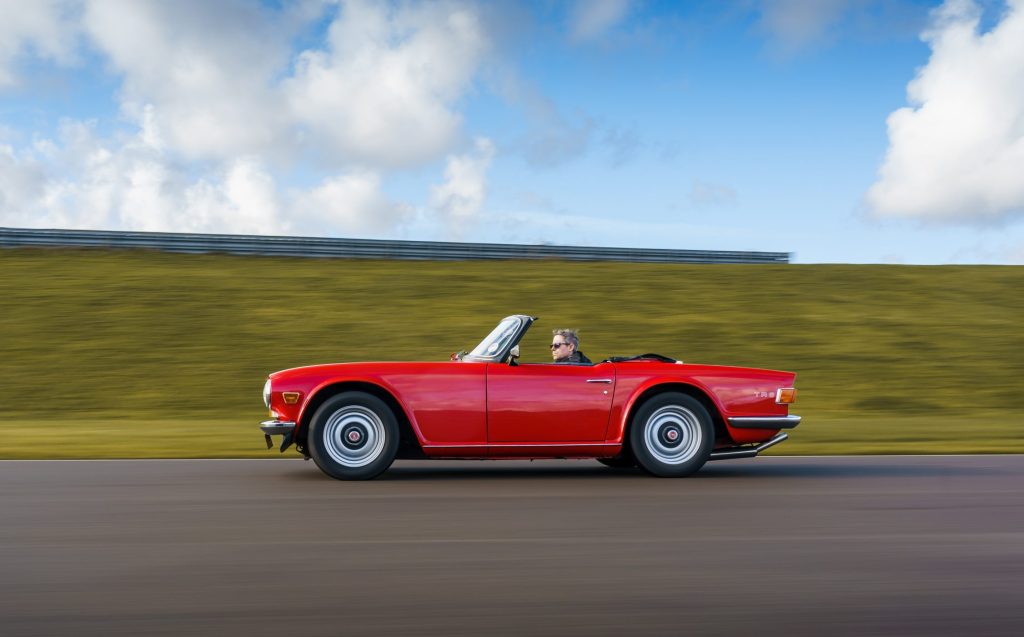
There were many who thought that Karmann of Germany’s quick and cheap restyling job on the Michelotti styling of the TR5 was a brutalist monstrosity, but not me. You quickly tired of ‘hairy chested’ as a descriptor of this last separate-chassis TR in road tests, and Spen King’s insistence on a larger diameter front anti-roll bar meant that the square-set two seater would tend to understeer in extremes rather than the old TR5’s tendency to oversteer, but it looked and felt more modern, more in keeping with the times compared to the TR5 which could trace its looks to the 1961 TR4 – although both TRs could trace their chassis lineage back to the TR2 of 1953.
Of course, this car was launched in 1969, the year George Lazenby got an outing as James Bond in a kilt and a cardie (along with Diana Rigg, surely the best-ever Bond girl) in On Her Majesty’s Secret Service. And you’d be forgiven for missing the launch of this reskinned Triumph sports car that year, what with Neil Armstrong and Buzz Aldrin landing on the moon, the Woodstock and Isle of Wight festivals taking place which some think marked the end of the spiritual Sixties. On my way to buy David Bowie’s Space Oddity in Lymington High Street, I was told in agog tones about the two hippies who’d come back from the Isle of Wight after seeing Bob Dylan, Free and the The Who, walked into the launderette, taken their clothes off and sat there naked while the washing and drying cycle took place. Then there were the maiden flights of the Boeing 747 and Concorde, and the first ARPANET message, which marked the beginning of the internet on which you are reading this.
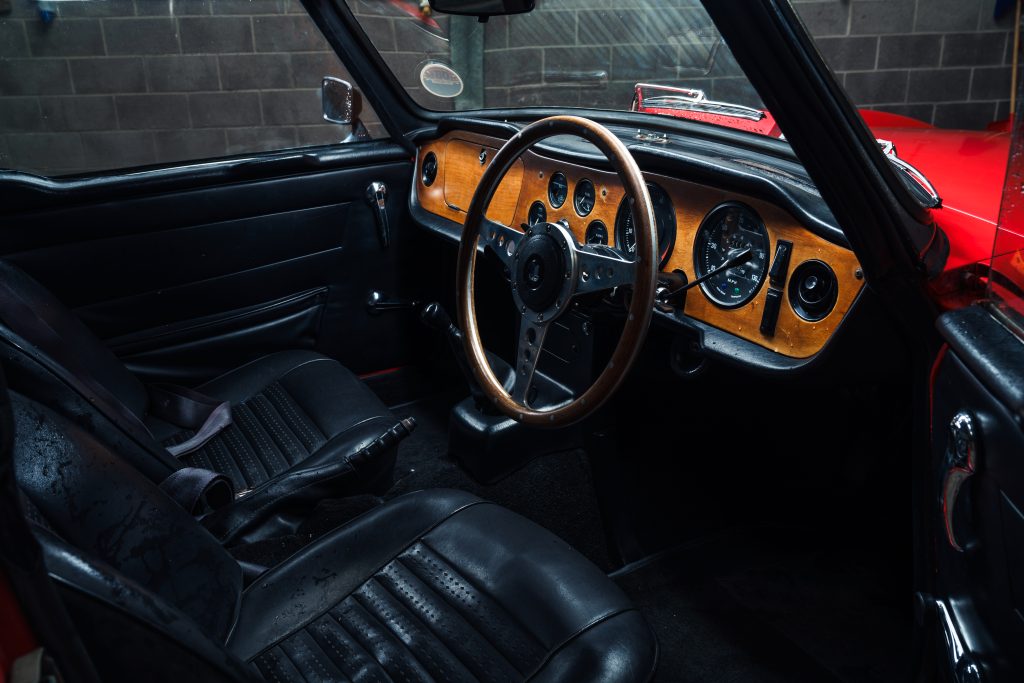
It was the best of times, certainly, but we were about to enter the worst of times. The world was about to be hit with the first oil-price shock of the early Seventies, which impacted in the UK in the form of a devasting house-price slump, devalued wages and what economists call ‘stagflation’, where even politicians’ folderol made no difference to the prosperity and wellbeing of the nation. Fripperies such as TR sports cars were the last thing on people’s minds, though in America, where the oil-price impact was lessened and folk struggle to keep their hands in their pockets, the TR6 did well.
How well? Now there’s a subject for debate. Turn to the expert Bill Piggott in his excellent originality guide, Triumph TR, and he sets out the background to the TR6, explaining that by 1968, despite the fuel-injected six-cylinder TR5 being the fastest ever TR, its Michelotti looks desperately required a facelift to appeal in a European sports car market which was fast being eroded by performance saloons, and for buyers in America who were restless for something new in the land where sports cars were still popular.
Extravagant spending on a niche sports car, however, is almost always hubristic so budgets were super tight and there wasn’t a lot of time. In the end, it was Karmann, the German coachbuilder which stepped up to deliver a radical new look which changed hardly anything fundamental. The chassis and inner structure, suspension and drivetrain and interior were largely unchanged, as were the doors and windscreen surround. With just new wings, bonnet, boot, front and rear panels and external trim, the German firm delivered a handsome and more modern-looking car, which could be readied for production in less than a year, which meant the TR5/250 model, which was only on sale for just 15 months, became one of the rarest TRs, with a total of 2947 TR5s built and 8484 of the 250 models.

This compares with the TR6, though you need some amateur detectoring to find the definitive totals, for there are some stupefying inaccuracies out there on the web. Derek Graham, the TR Register’s TR6 registrar, has the definitive numbers, as the figures are based on production ledgers for the TR6: there were 13,702 fuel-injected cars (including the 3,600 completely knocked down ‘CKD’ cars assembled in Belgium) and 78,147 carburetted cars which sold mainly in North America where emissions legislation ruled out the Lucas mechanical fuel injection and the high cost of the system could have priced the car uncompetitively.
About which we should come to since the Lucas system is not as some of the internet suggests, an unreliable, prone to overheating monstrosity, but when well maintained, a thing of loveliness, which imbues the TR with a terrific progressive surge of power, a steady idle and few if any shortcomings. It’s a low pressure (110psi) system which is largely a fit-and-forget device, though it can suffer issues, mainly on hot days where under-bonnet temperatures can vaporise the fuel in delivery pipes which leaves owners stranded. Few PI cars will not have been rebuilt or had serious work done by now, though as old hands know, that can be a curse as much as it can be a blessing.
So, what’s a TR6 like to drive? Rather lovely, that’s what. Powerful with a beguiling engine note, the TR6 was never short of performance and it’s hard not to play tunes on the overdrive. In 1969 Motor magazine achieved a maximum each-way average top speed of 117mph, 0-60mph in 8.5sec, with an overall fuel consumption of 20.8mpg and a ‘Touring’ figure of 28mpg.
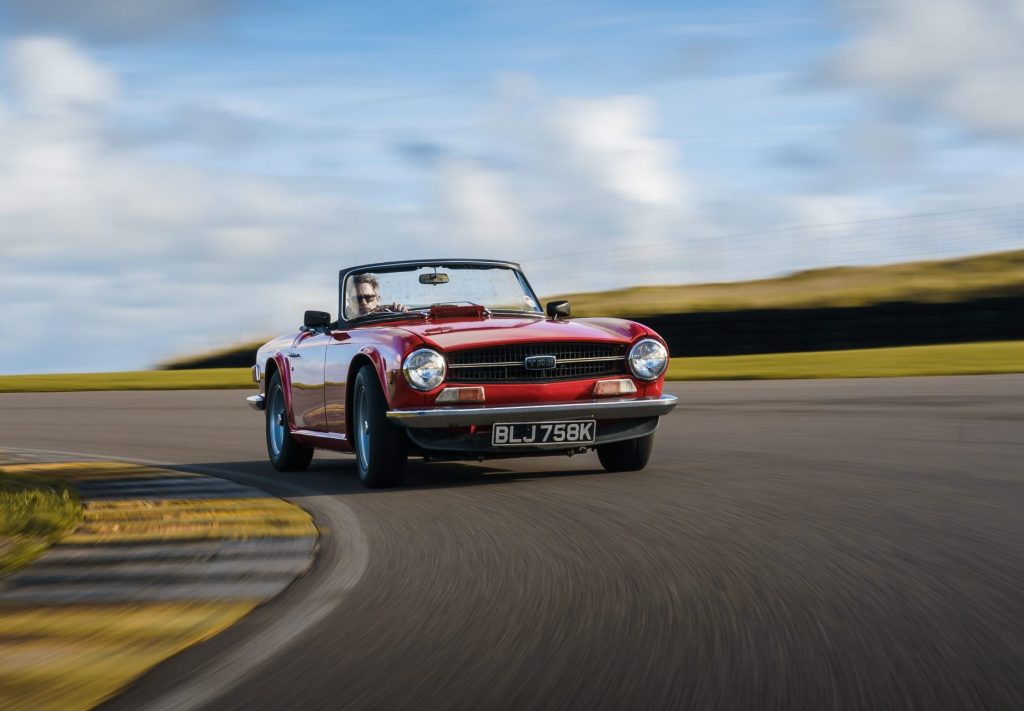
“Smooth and potent,” the test concluded, “a nice blend of old he-man feel and up-to-date behaviour”.
Although the lead picture was of the hard-cornering TR6 with an inside front wheel in the air (in the wet!) the other shots showed the fantastic amount of chassis squat under power and the road tester struggling with the hood fastening. In general, however, the magazine’s testers approved and considered the TR6 “probably the best value for money in open top terms.”
My experience in a friend’s mildly modified TR6 is of a powerful, well balanced and generally safe car with direct steering, and soft rear suspension to keep traction, but which also requires you to ‘flow’ between bends to avoid upsetting the handling. With plenty of room, and a really good heater, this seemed like a brilliant grand touring car which could also be used for sprints and hillclimbs if so moved.
The question is, though, what were they like in period? Let’s turn the clock back to November 1973 when Clive Richardson, Motor Sport magazine’s redoubtable assistant editor (who died last June), gave his verdict on a year and 11,300 miles in his mimosa-yellow Triumph TR6. Perhaps we should have been forewarned about the tenor of the article when he revealed that his wife had nicknamed the car “Pig-in-‘ell” after its registration plate PGN769L. Despite Richardson’s enthusiasm and almost unbelievable optimism, he’d found himself in a truly awful ‘Friday-afternoon’ car, which suffered leaks from hood and drivetrain, unreliability, screeching brakes, a misfiring engine, self-destructing tyres, leaking Lucas fuel injection, rust on the bodyshell, and badly fitted and torn interior trim. As a spotty youth I couldn’t believe that a new car could be this bad, but I was to learn and Richardson’s fine piece, which can still be read on the Motor Sport archive, is an object lesson in just how things were at British Leyland in the Seventies.
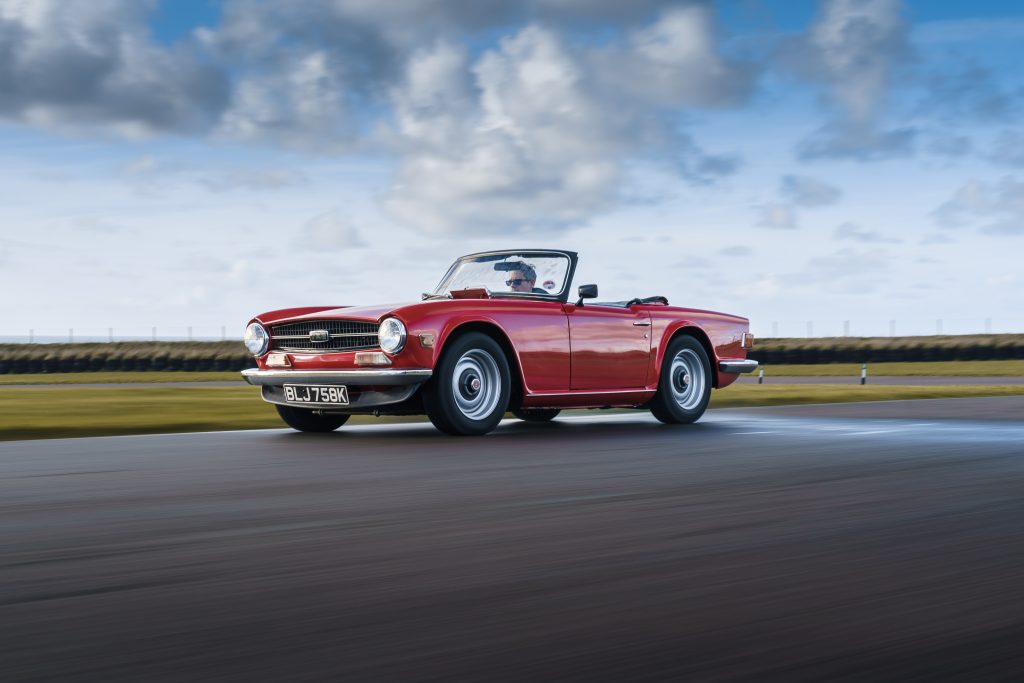
Once things were largely sorted out by Triumph’s experimental engineering department, Richardson warmed to Pig-in-‘ell writing: “at one time I thought this TR6 would drive me up the wall, but over the last 5,000 miles I have grown to love it. It has character, it has reasonable performance and that open-top potential, while I even enjoy the fairly primitive handling.”
Best not look back with too much rose-tint on your glasses, then, but these days, with a wealth of helpful owners, excellent clubs such as the TR Register, specialists who will modify your TR to go to the moon if you’ve got the desire and the pockets, owning a TR6 is a lot easier, more fun and hopefully involves you spending less time at the side of the road. Dare I say it, with Seventies revivals which seem to come and go, the old TR6 – which was one of the 10 classics highlighted in the 2022 Hagerty Bull Market List – is now a ‘cool car’ to be turning up in, which is something I never thought I’d be writing.
Read more
Triumph TR6 video: “Just seeing and hearing it wins a lot of admirers” | Hagerty UK Bull Market List
Buying Guide: Triumph TR4, TR5 and TR6
The Full English: MG MGB

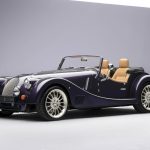

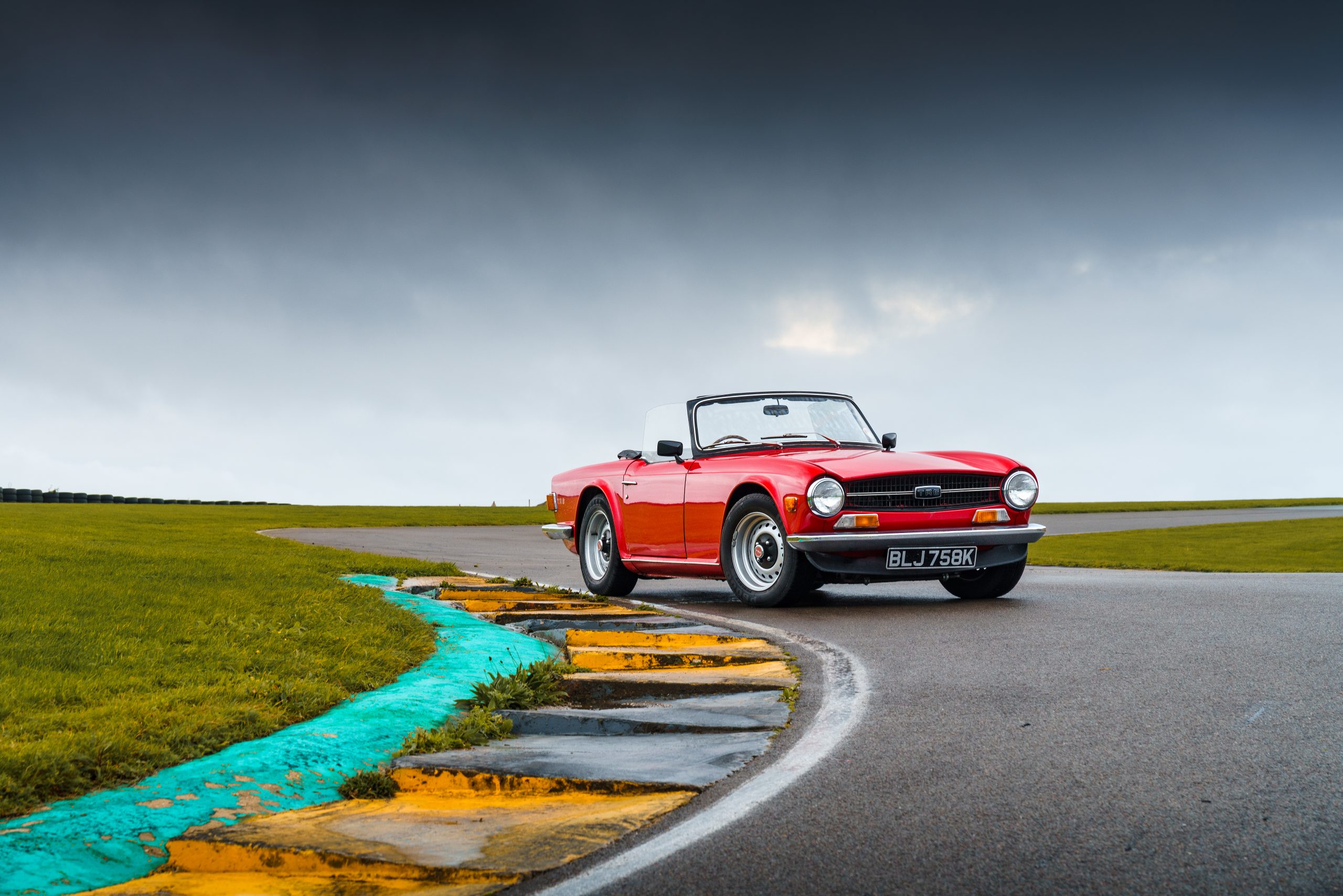


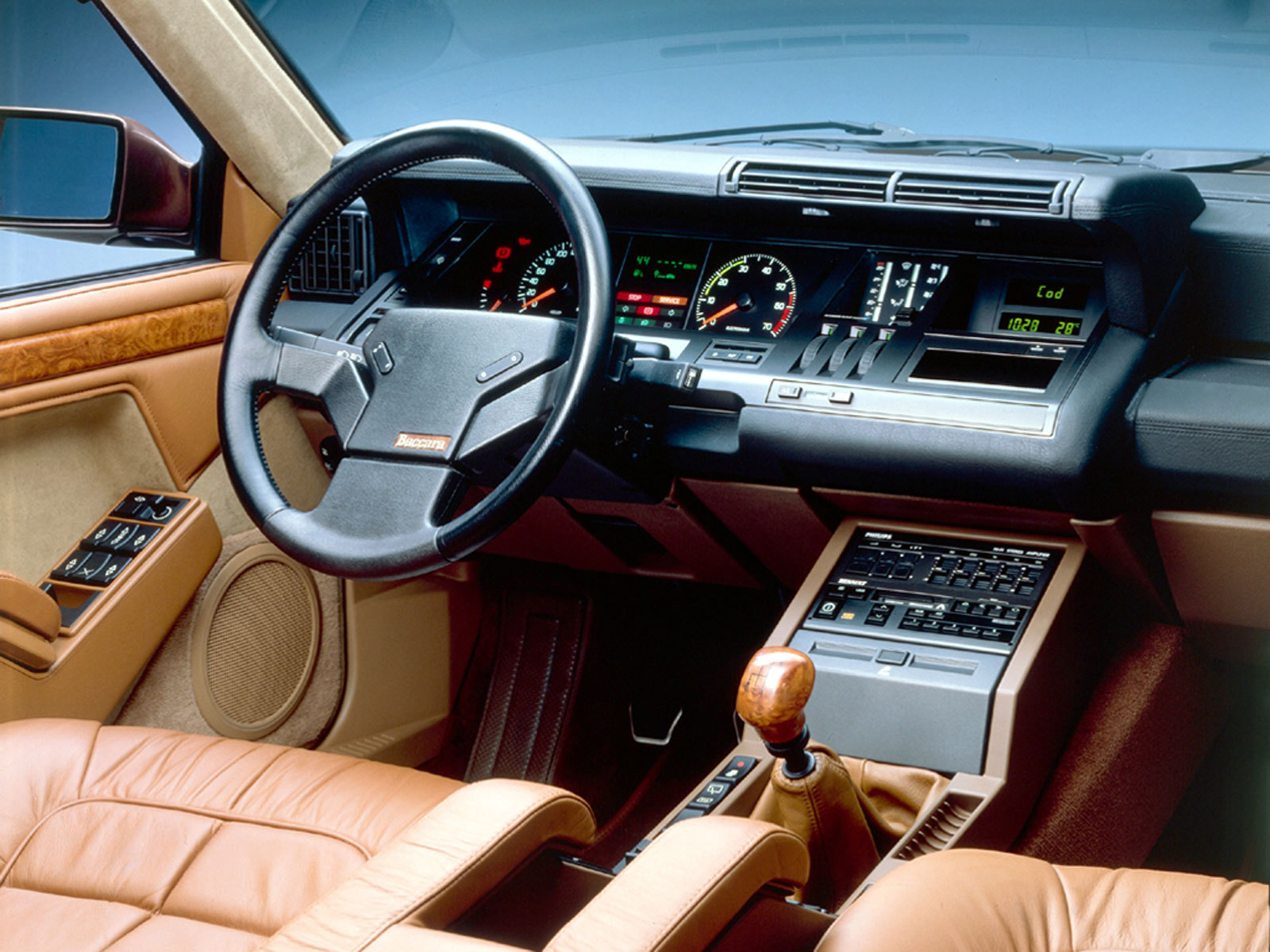
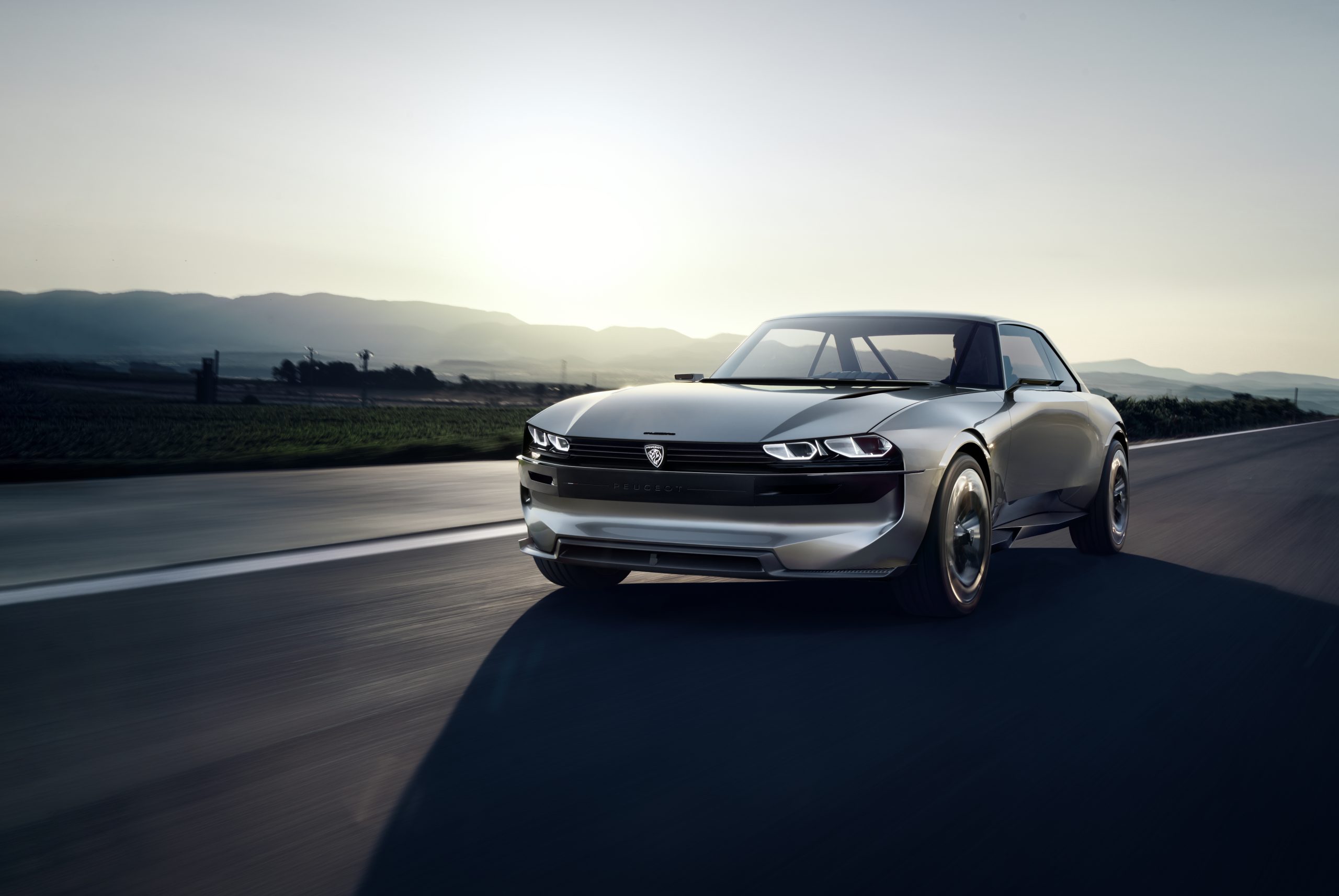

I had aTR6 in the in early seventies ,touring the whole of Europe with my brother
a true British sport car.
Dear Mr Gibbs, What a lovely thought. Would quite like to turn the clock back for that trip..,
All best, Andrew
Nice article and the added nostalgia for me was we were still visiting Milford On Sea back then to visit my grandparents. Great memories and as you imply, much simpler times…
I loved my TR6 back in the ’70’s although I hated it each time I had to get out and bleed the metering unit each time the fuel evaporated, especially when I had a pretty girl I was trying to impress sitting in the passenger seat.
I first saw a TR6 at the end of a road trip of the States and Canada in 1987. It was parked at a diner on Vancouver Island and followed us along the winding road home. I bought a Mimosa yellow TR6 on returning to the UK and kept it for 8 years as my only means of transport. It had presence, was brutalistic to drive and great fun. I never experienced any issues with fuel vaporisation only the occasional blocked injector that was easily sorted with a half inch spanner and jam jar I kept in the boot. Happy days!
I’m 60 years old and bought my TR6 at the age of 17. Had various other cars over the years, some great, others not so but the only one I kept and still have…..yep, the TR6.
I am the origional owner to this day of a 1969 red TR6; number 272 built. It has been garaged for most of its 50 plus years and is in good running condition as well as the body and interior. Webers were installed 15 plus years ago; still have the Strombergs also. Time to sell; 78 years old now….
A beautifully crafted article, Andrew. In Motor Sport tradition, I enjoyed it simply for the quality of the writing. And you are, of course, spot-on about the car. In period, I remember it being antiquated and unreliable. But now, rebuilt by a knowledgeable specialist and taken out of any particular timeframe of competing models, it’s a lovely old thing. Mine is Royal Blue with wires and sings to me like an angel from a more hedonistic age.
From a very young age most of the Triumph model line stood out for me. The whiff of power and comfort and the fantastic Michelotti styling set them apart. As a young child walking to school seeing the ubiquitous Triumphs drive by, the ambition to own one never left me. And then a few years later flipping channels, I stumbled across a late-night film, ‘The Silent Partner’ with Elliott Gould, Christopher Plummer and Susannah York. A rather dark, late 70s comedy thriller where the main protagonist, played by Gould, drove a jasmine yellow TR6. That was it. I had to have one. While at university, I found a rather dilapidated carmine red TR6. But annual insurance was more than the cost of the car so it would have to wait. Then about 25 years later I bought a rather more perfect 1970 red PI model. Annual comprehensive insurance was £100 (imagine that). Nothing (and I mean nothing) will put a smile on your face quicker than top-down summer motoring in one of these.
A good read Andrew.
I have just bought my first TR6, 1971 and dark blue. Goes like a train and sounds like a Mark 2 Jag!
And guess what – I live just outside Lymington in Hordle, and the Milford route is where I go for test drives.
We own what may be the earliest production TR-6 still in existence. Apparently it is the fifth production car, with the first two being prototypes. Serial CC25007 dated 19 September 1968. We have seen CC25008. But are not aware of any with lower serial numbers than ours. We would very much like to know if any of the first four production cars are still around.
I had a 72 TR6 briefly in the late 70s… sold it when I went back to school. It was a great car, blast to drive, and I rarely had any issues with it. British racing green with a tan interior… still sort of sorry I sold it, but it did pay for two years of college tuition.